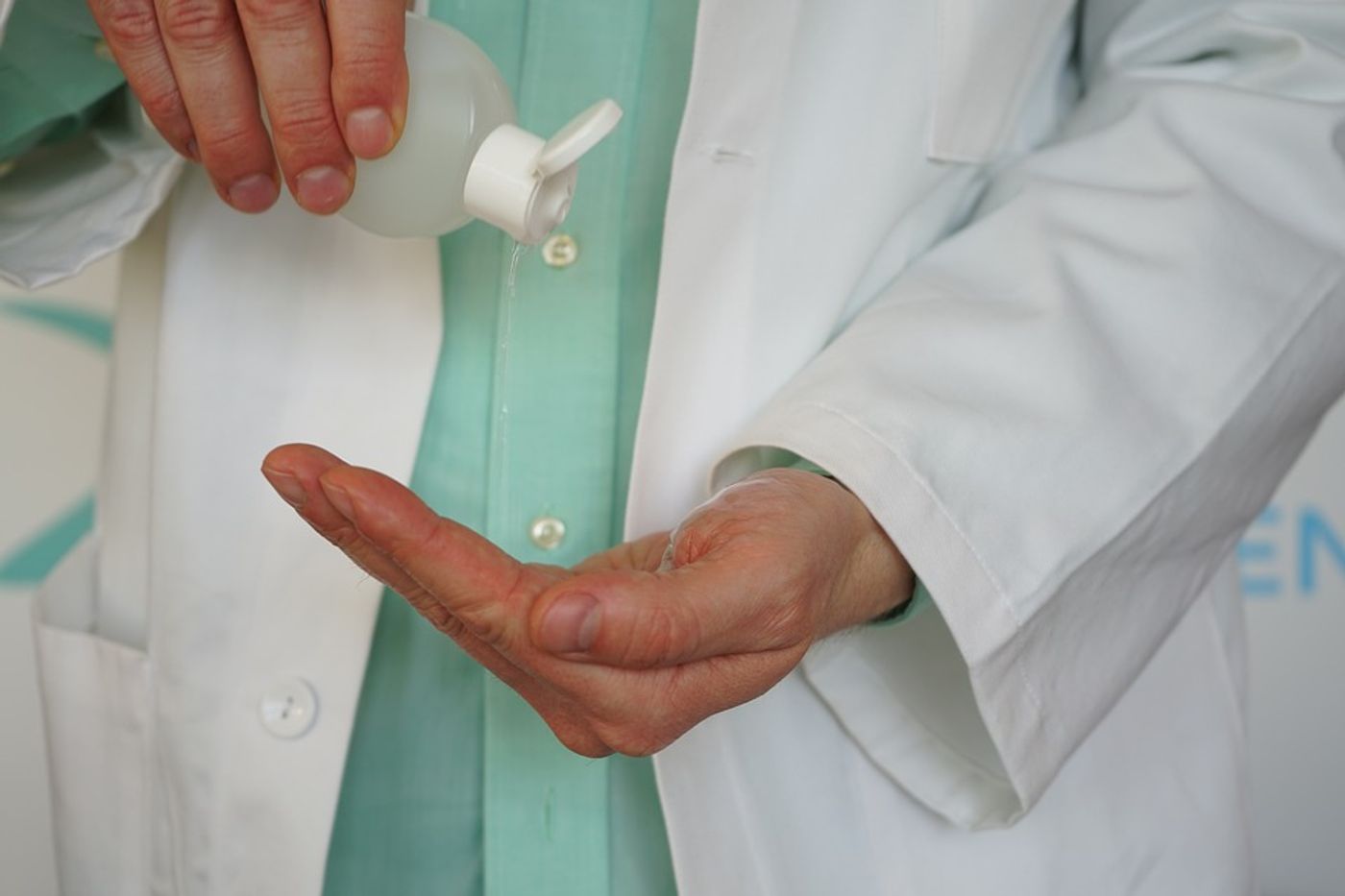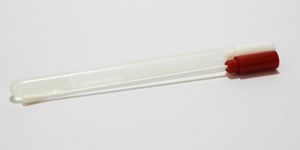New method hospitals can use to produce hydrogen peroxide
In a collaboration between the University of California San Diego, Columbia University, Brookhaven National Laboratory, the University of Calgary, and the University of California, Irvine, researchers have figured out how to produce hydrogen peroxide at low-cost and with little harm to the environment within hospitals. Hydrogen peroxide has become a hot topic recently amidst the COVID-19 pandemic, as scientists hasten to understand its ability to successfully clean personal protection equipment in medical facilities where shortages abound.
The study has been published in Nature Communications.
The issue with hydrogen peroxide is that it has a very short shelf life because its chemical composition makes it highly unstable. "You maybe only have just a couple of months to use it before it expires, so you would have to order batches more frequently to keep a fresh supply," said UC San Diego nanoengineering professor Zheng Chen. "And because it decomposes so quickly, shipping and storing it become very expensive."
In order to address this dilemma within the urgency of the situation, the researchers devised a simple, cheap, and environmentally-friendly, method to generate hydrogen peroxide using a small flask, air, an off-the-shelf electrolyte, a catalyst and electricity. The method uses a chemical reaction called the two-electron oxygen reduction reaction, whereby one molecule of oxygen combines with two electrons and two protons in an acidic electrolyte solution to produce hydrogen peroxide.
"Our goal is to create a portable setup that can be simply plugged in so that hospitals, and even households, have a way to generate hydrogen peroxide on demand," Chen said. "No need to ship it, no need to store it, and no rush to use it all before it expires. This could save up to 50 to 70% in costs."
If you can imagine, the research team originally developed this process not to respond to COVID-19, but to make battery recycling processes greener. "We had been working on this project for about one and a half years. As we were wrapping things up, the COVID-19 pandemic hit," Chen said. "We saw that there was a more pressing need for efforts to help health care workers who may not have sufficient protection while caring for patients suffering from the new coronavirus," he said.
The team plans to continue optimizing and scaling up the method for potential use in hospitals. "In the next step, we will develop electrocatalysts suitable for other electrolyte solutions to further increase the range of its applications," said UC San Diego chemical engineering graduate student Qiaowan Chang.
Sources: Nature Communications, Eureka Alert









